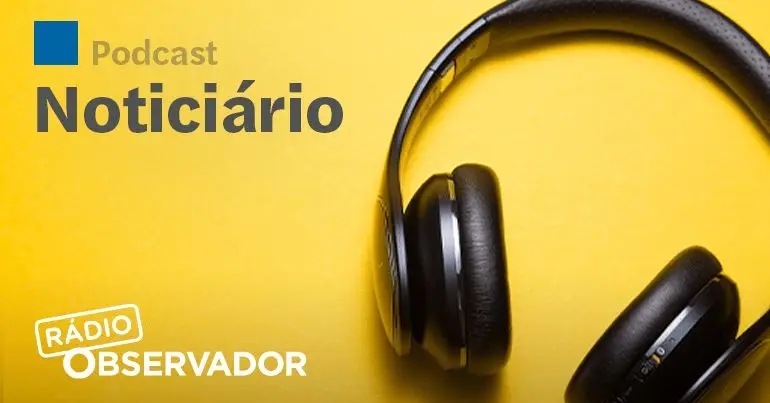The New Syria

After half a century of Baath rule, marked by autocratic Arab nationalism, wars and repression against the Syrian population, it was hard not to breathe a sigh of relief at the fall of the Assad dynasty. However, the power vacuum that followed was greeted with understandable caution by the international community. The history of the Middle East, from the Iranian Revolution to the Arab Spring, teaches us that what follows something bad can be much worse.
That is why Donald Trump’s announcement in Riyadh that he would be lifting economic sanctions on the Syrian state came as a surprise. Not so much because of the content, but because of the timing and, above all, the apparent lack of public compensation. Shortly afterwards, the European Union followed suit, suspending restrictive measures on key sectors such as energy and transport.
The rationale behind this change is logical. After more than a decade of civil war, Syria is in urgent need of revival. Around 90% of the population lives below the poverty line. Much of the main urban centres, from Aleppo to Homs, lie in ruins, including critical infrastructure such as hospitals and water treatment plants. The humanitarian needs are glaring. The Syrian state will now be able to finance itself on international markets, attract foreign investment and resume exports of oil, cotton, textiles and fruit. A possible stabilisation of the country could allow the return of many of the 6 million refugees, mostly in Türkiye, including skilled young people and productive workers.
However, given the history of the leader of the transitional government, this normalization of relations is still a risky bet. Until a few months ago, Ahmed Al-Chaara led Hay'at Tahrir al-Sham, a jihadist group with ideological roots in Al-Qaeda, and the Biden administration offered a $10 million reward for his capture. Between 2006 and 2011, he was a prisoner of war held by US forces in Iraq. Since then, he has traded his turban and military uniform for a suit and tie, and has now been described by Trump as “handsome” and “tough”.
In his role as Syria’s interim leader, Al-Chaara may have shown openness to a market economy and restraint in the face of Israeli bombings in support of the Druze communities (which may be explained less by caution and more by a lack of military capacity). However, we know nothing about his views on the application of Sharia , the role of women in society, or the treatment of the Alawite, Kurdish, Christian and Druze ethnic and religious minorities. Nor have we heard from him any clear condemnation of the recent massacres of Alawite communities in the northwest of the country, which an investigation by the newspaper Le Monde revealed had direct links to the regime’s forces. We do not know what the new constitution will say about the relationship between state and religion (will it embrace secularism?), the system of government (will there be safeguards for ethnic pluralism?), and the electoral model (will there be free, democratic and universal suffrage?).
Against the failed nation-building policies promoted by neoconservatives in Afghanistan and Iraq, this seems to be an opportunity for Trump to try to shape the new Syrian regime through incentives rather than force. Moreover, bringing Syria into the Western orbit would weaken Iran, which would lose an important land-based logistics corridor – a strategic objective for Washington. But it is strange that Trump, known for his transactional and realistic approach to diplomacy, has not obtained any visible compensation. There have been no reported plans to close Russian military bases on the Mediterranean coast, dismantle Assad’s chemical and biological weapons programmes, or eventually join the Abraham Accords – a difficult prospect, given the recent Israeli incursion into the Golan Heights. There is always the risk that we are only getting part of the story. But for now, the quid pro quo remains absent.
Let us not forget that after the disastrous American withdrawal from Afghanistan in 2021, the Taliban promised decent treatment for women. Today, we know that their right to education, work and citizenship are increasingly being conditioned…
What is certain is that the authoritarian pan-Arabism that has marked the region and the Sunni-Salafist origins of Al-Chaara cast a long shadow over the future of Syria — it will be difficult to walk without stepping on it.
observador




